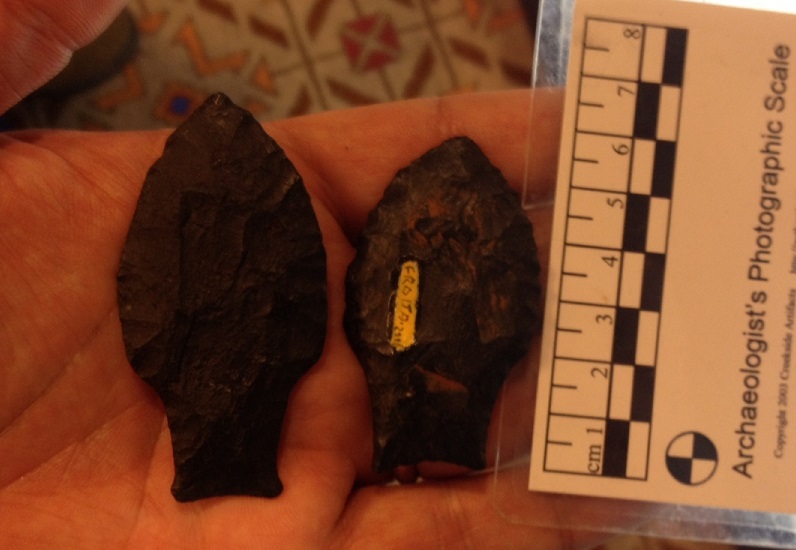New Sites Bring the Earliest Americans Out of the Shadows
The sun was setting as archaeologist Kurt Rademaker climbed past 4500 meters in the Andes Mountains of Peru. His goal was to find the source of the obsidian that ancient people on the coast of Peru had used to make stone tools. But right then, “I was looking for someplace to spend the night,” Rademaker says. “I popped over a ridge, right into a rock shelter”—a natural shelter that promised to be a good campsite. That evening he noticed hundreds of black obsidian and red and gray jasper tools littering the area. He’d unknowingly set up his tent right atop the ancient people’s camp...
https://www.academia.edu/8612439/New...of_the_Shadows
The sun was setting as archaeologist Kurt Rademaker climbed past 4500 meters in the Andes Mountains of Peru. His goal was to find the source of the obsidian that ancient people on the coast of Peru had used to make stone tools. But right then, “I was looking for someplace to spend the night,” Rademaker says. “I popped over a ridge, right into a rock shelter”—a natural shelter that promised to be a good campsite. That evening he noticed hundreds of black obsidian and red and gray jasper tools littering the area. He’d unknowingly set up his tent right atop the ancient people’s camp...
https://www.academia.edu/8612439/New...of_the_Shadows








Comment